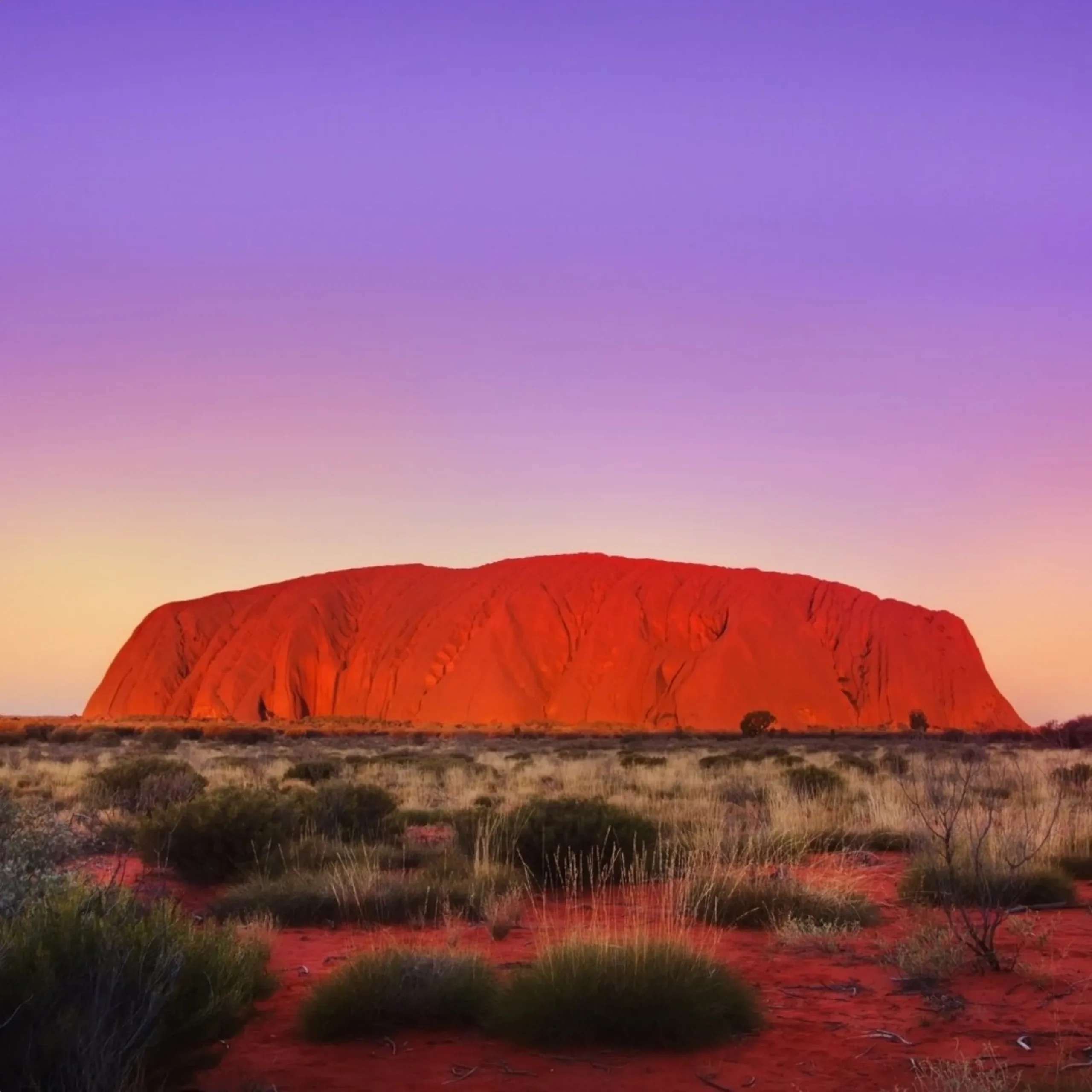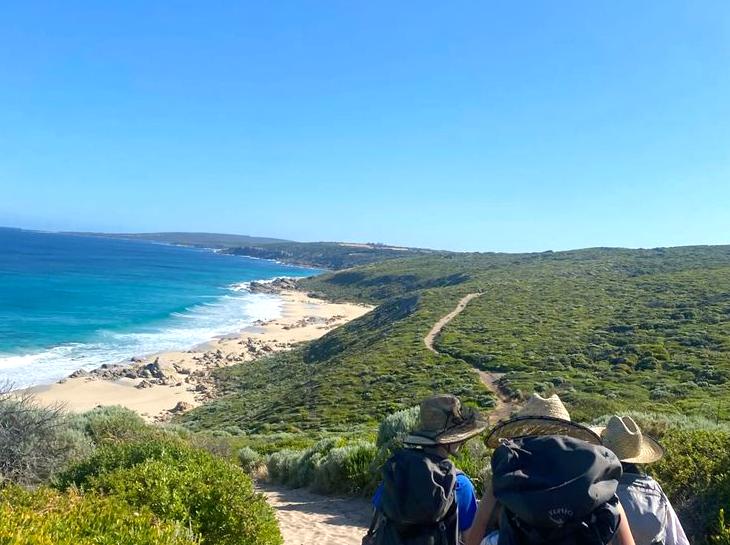Uluru, also known as Ayers Rock, is one of Central Australia’s most iconic landmarks. Situated in Uluru-Kata Tjuta National Park this massive rock is a part of Aboriginal history and a symbol of Australia’s natural beauty. But what sets Uluru apart is its ability to change colour dramatically throughout the day – a sight that has mesmerised millions. From reds at sunset to purples at twilight this is a once in a lifetime experience for visitors.
Uluru’s colour changes aren’t just a geological wonder – they have deep spiritual meaning for the traditional owners, the Aṉangu people and are a major drawcard for the Australian tourism industry. Let’s find out why this happens, its cultural significance and what else is in the region.
The Science of Uluru’s Colours
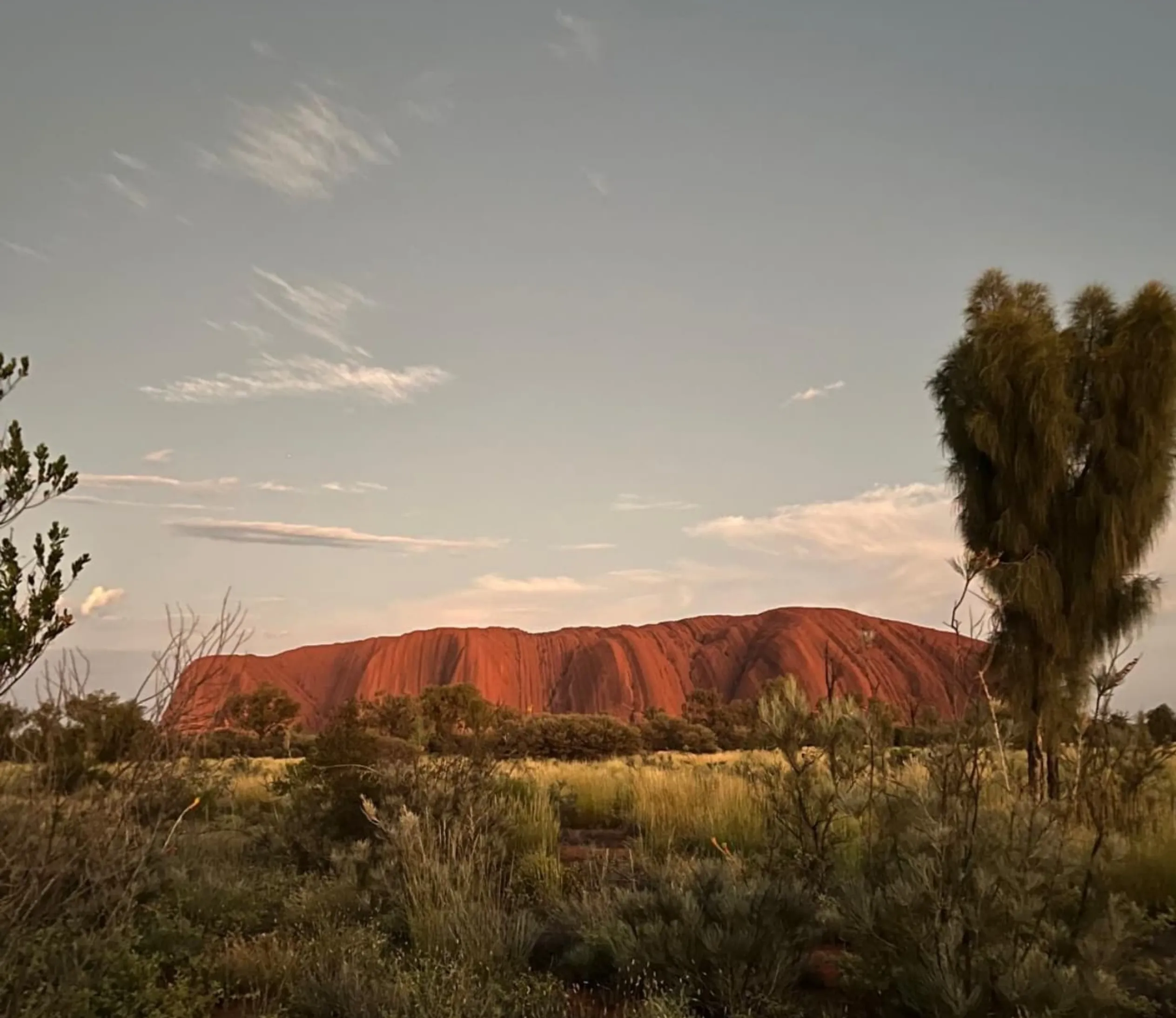
Uluru’s colour changes are due to its unique geology and the way it interacts with the sun. Made of arkose sandstone which is rich in iron oxide the rock reflects and absorbs light differently depending on the sun’s angle and intensity. This type of rock was formed from layers of sand during an ancient creation period and has been eroded rapidly over millions of years to form its current shape.
The iron oxide in the sandstone gives it its reddish colour especially during sunrise and sunset. When the sun is low in the sky the light has to travel through more of the Earth’s atmosphere, scattering blue wavelengths and amplifying warm colours. That’s why visitors often describe Uluru as glowing bright during the hour before sunset.
And the environment around Uluru also has a part to play in the colour changes. The desert plains with their dry and dusty air amplify the colours and mud after rain or heavy rain creates a reflective surface that makes the rock more vibrant. The Australian Bureau of Meteorology has recorded these effects and you can see how the weather patterns affect the rock.
Colour Change Stages at Uluru
1. Sunrise
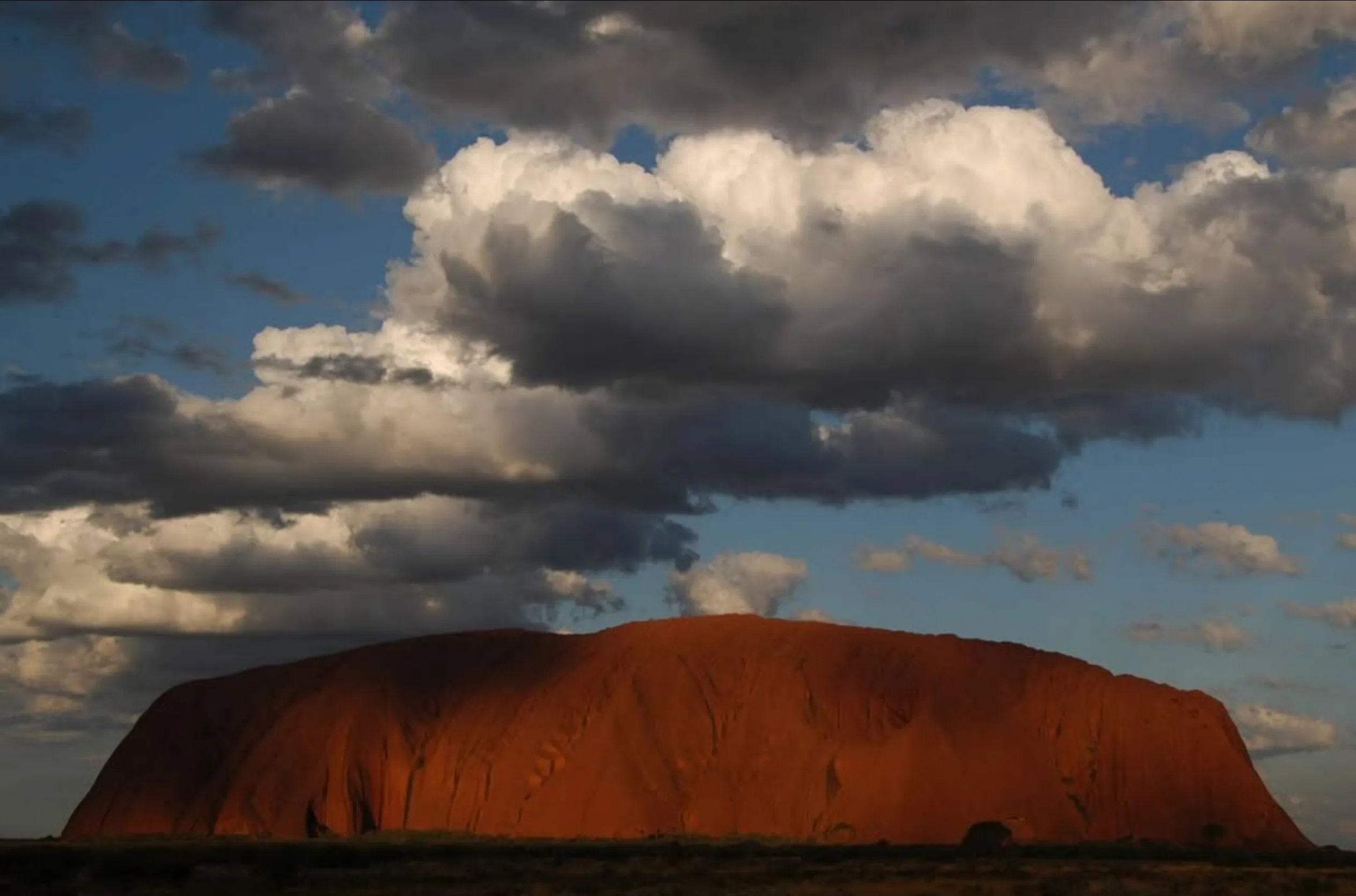
The desert around Uluru is cool purplish-blue at sunrise and the rock starts to take on soft pastel colours.
2. Midday
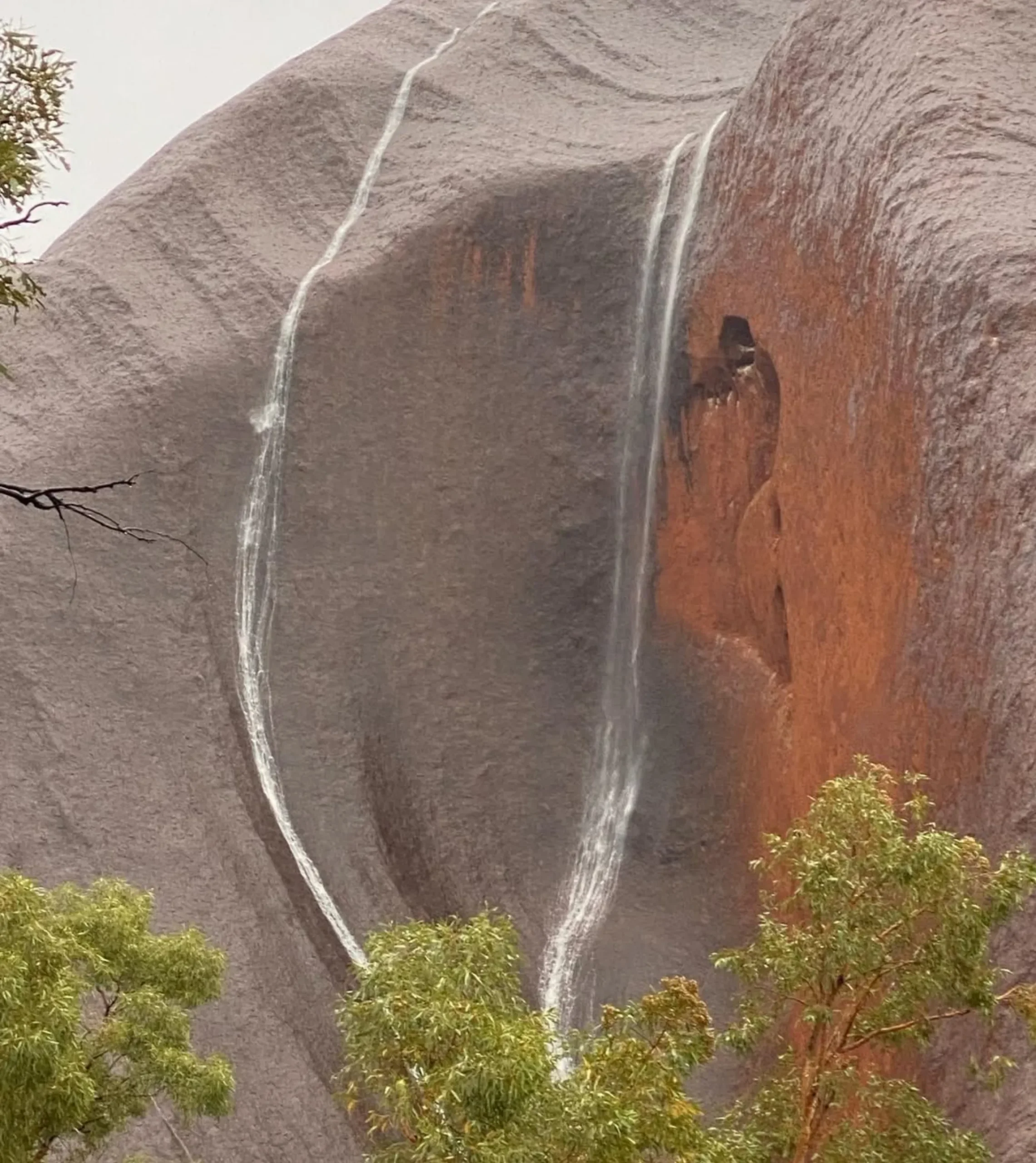
As the sun rises higher Uluru turns red, the iron in the arkosic sandstone. The rock is bold and steady, it’s strong cultural and conservation values.
3. Sunset
The Uluru sunset is one of the best in the country. The hour before sunset is when the rock changes to fiery reds and oranges, it’s cultural significance for the Aṉangu people.
4. Twilight
After the sun goes down Uluru’s colours fade to greys and purples and blends into the night desert.
Uluru and Its Cultural Significance
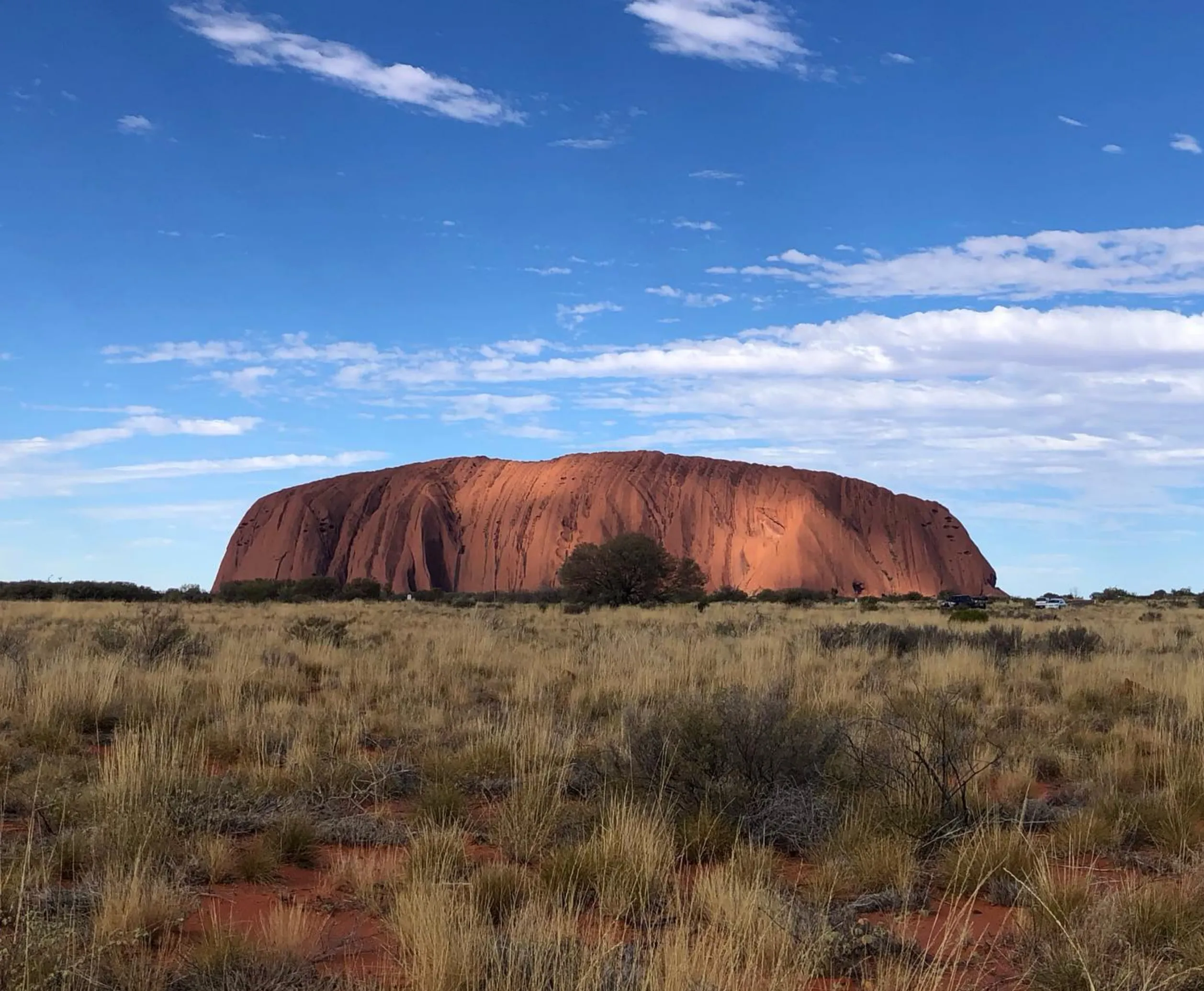
For the Aboriginal people Uluru has deep cultural history. It’s part of their Aṉangu land and connected to Tjukurpa (creation stories). The traditional owners see the colour changes as life, energy and connection to the land. The Australian Institute of Aboriginal and Torres Strait Islander Studies lists Uluru as one of the key sites of Aboriginal Australia, it’s spiritual significance.
Scientific Explanation of Uluru’s Colour Change
Uluru is arkosic sandstone, originally sand layers. Over millions of years rapid erosion and weathering has shaped it into what it is today. The Northern Territory Geological Survey and Australian Geological Survey Organisation have documented this type of erosion as part of an ancient mountain building event linked to the Petermann ranges.
Best Ways to Experience Uluru’s Colour Changes
To see the colours at their best timing is everything. The hour before sunset and early morning are the best light. Dedicated viewing areas such as Talinguru Nyakunytjaku offer panoramic views of the Ayers Rock sunset and sunrise.
Autopia Tours will help you get the most out of your trip. These tours include cultural insights, photography tips and visits to nearby attractions like Kata Tjuta and Kings Canyon.
Kata Tjuta and Nearby Attractions
While Uluru is the main attraction of Uluru-Kata Tjuta National Park, the area has several other must see attractions:
1. Kata Tjuta (The Olgas)
40 km from Uluru Kata Tjuta, or the Olgas, is a group of 36 domed rock formations made of conglomerate rock. These are just as stunning as Uluru, with their own colour change and cultural significance to the Aṉangu people. A visit here is the perfect addition to your Uluru experience.
2. Kings Canyon
In Watarrka National Park Kings Canyon is a stunning destination with towering sandstone walls and lush vegetation. Hot desert climate and dramatic landscape makes it a favourite for hikers and photographers.
3. Alice Springs
As the entrance to Central Australia, Alice Springs has a bit of everything – culture and nature. From visiting local museums to heading into the Western Desert, this is the perfect base to go further.
Flora, Fauna and Conservation
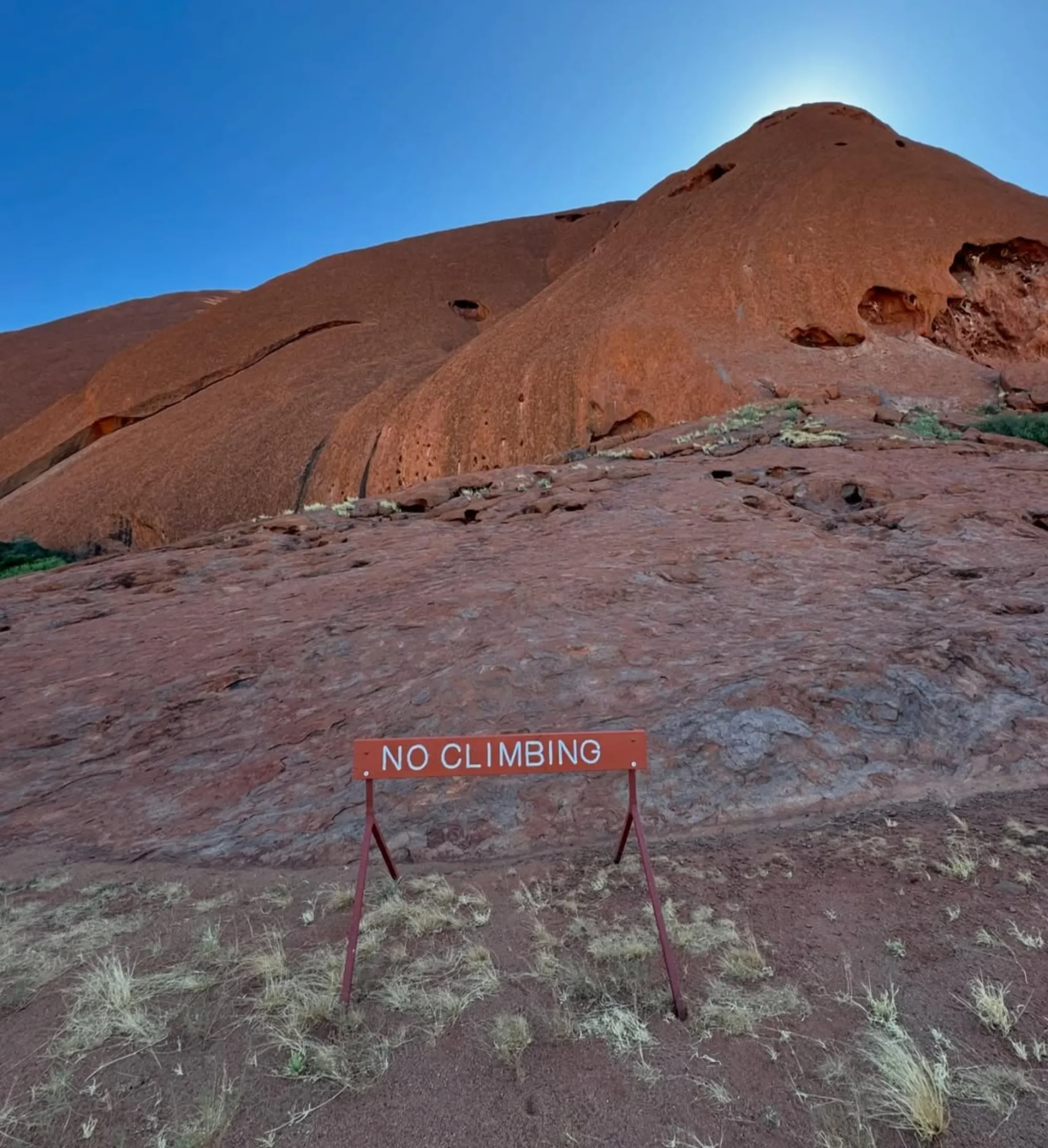
Uluru-Kata Tjuta National Park has a wide range of flora and fauna. From the desert skink to various endemic plants, the park shows life can thrive in a hot desert. Conservation work by Parks Australia, in partnership with the Australian Department of the Environment and Water Resources, ensures the park’s integrity is protected.
Tourism in the area has been managed to minimize its impact on the environment. The development of tourism infrastructure is adjacent to the park to respect its cultural significance and natural beauty.
Conclusion
Uluru changing colour is a wonder of the world and the essence of the Aboriginal lands and Central Australia. Its colour changes are due to its arkosic sandstone and the light of the Western Desert, making it a must-see for tourists. Whether you’re watching the sunset at Ayers Rock or exploring Kata Tjuta, this region offers natural beauty, cultural history, and modern tourism.
For an unforgettable adventure, consider a 3 day Uluru tour or explore the area with Uluru tours from Alice Springs. As you stand before this giant rock and watch its colours change in the desert sky, you’ll see why Uluru is not just a landmark but a lifetime experience.
FAQ
Why does Ayers Rock change colour?
The arkosic sandstone reacts to the sunlight, scatters the light differently according to the angle of the sun and atmospheric conditions.
What time of day is best to see Uluru’s colours?
The hour before sunset and sunrise is the best time.
Is Kata Tjuta the same as Uluru?
Kata Tjuta is in Tjuta National Park and is made of conglomerate rock and is a different but just as amazing experience.
What’s the cultural meaning of Uluru’s colours?
The traditional owners see Uluru’s colours in their creation stories, the land is spiritual and cultural.
What else is nearby Uluru?
Kata Tjuta, Kings Canyon and Alice Springs are nearby and all have different landscapes and cultural significance.
